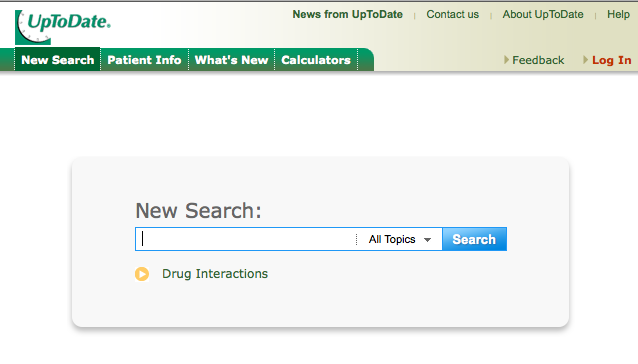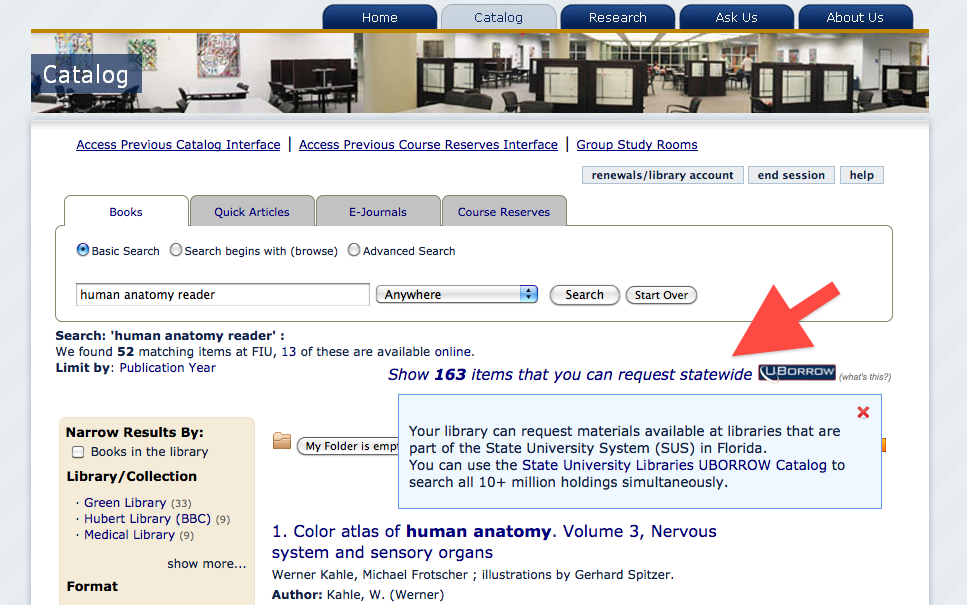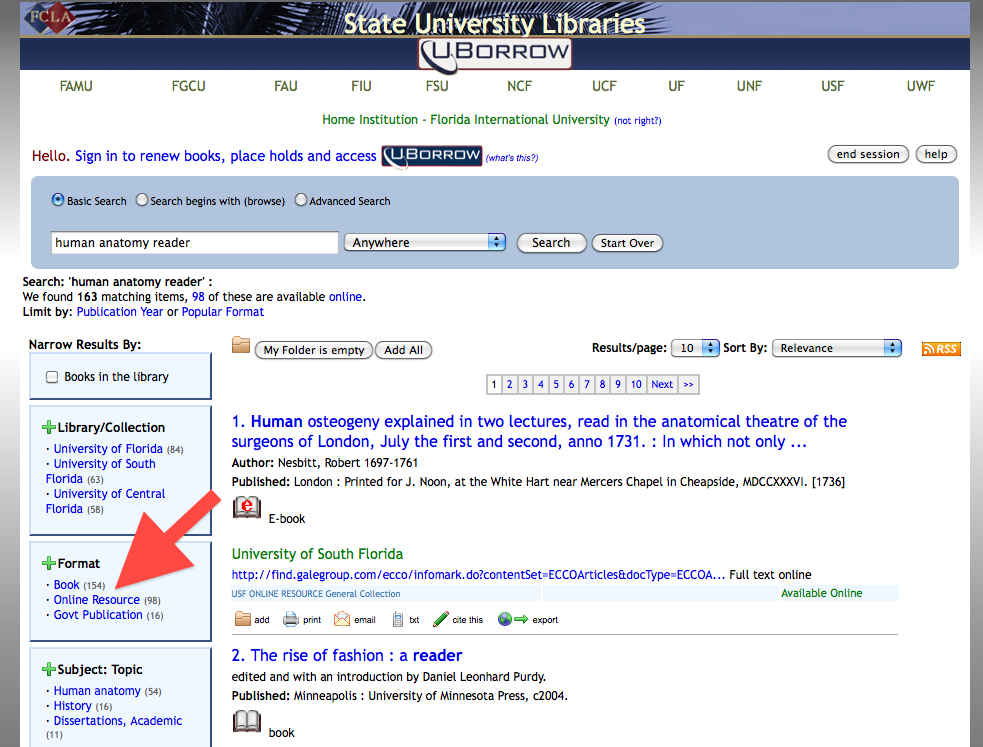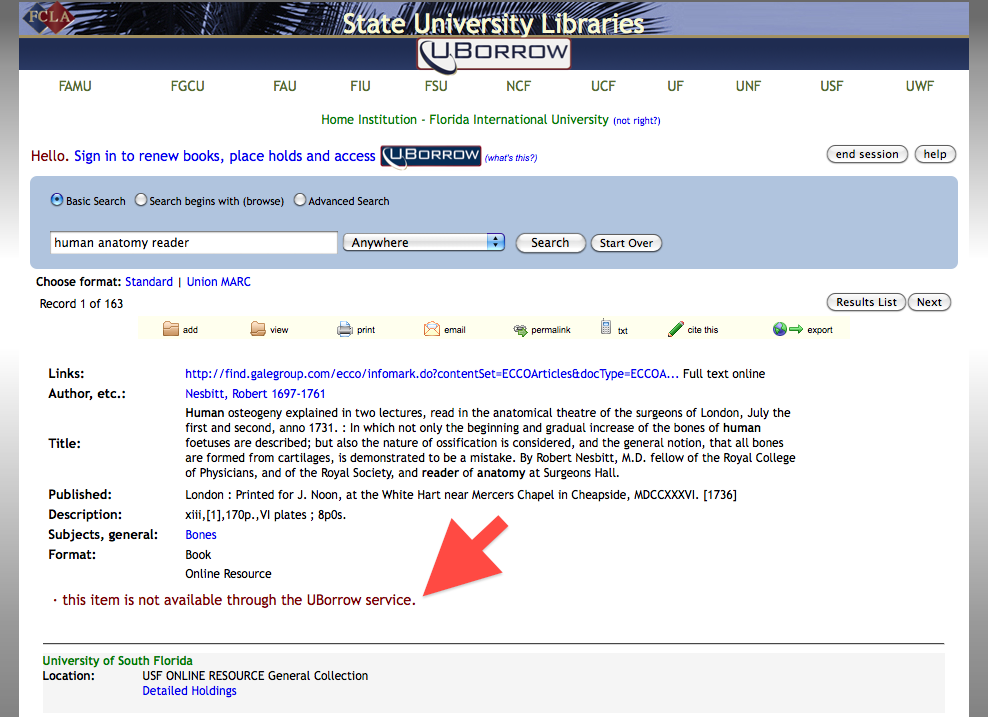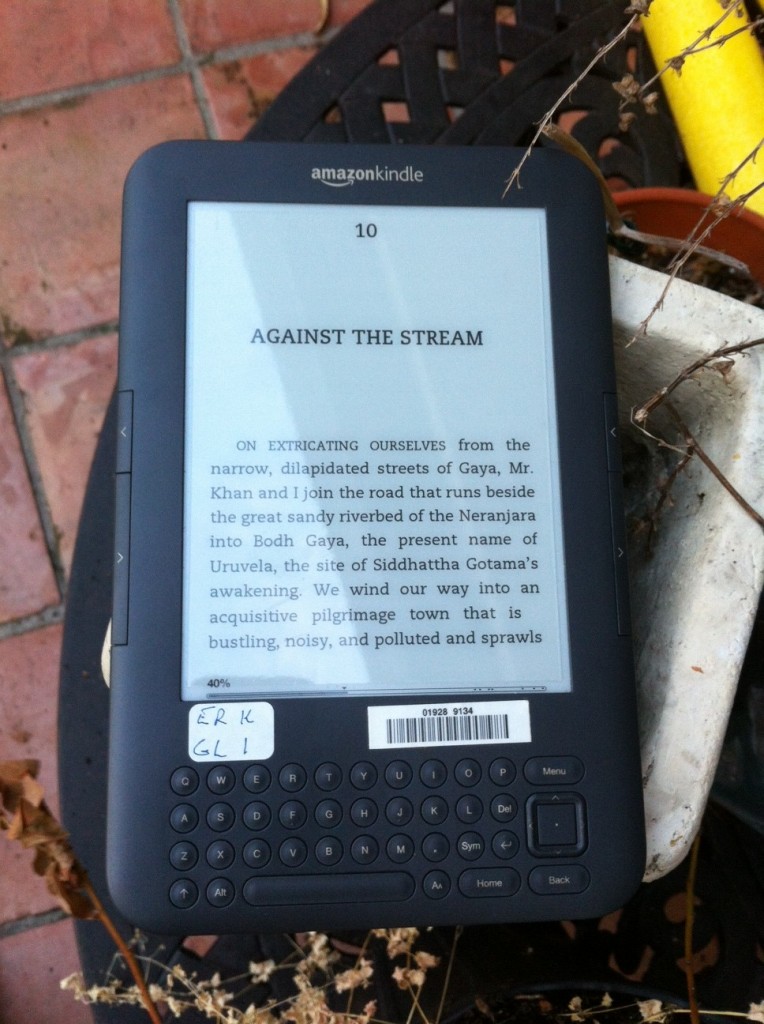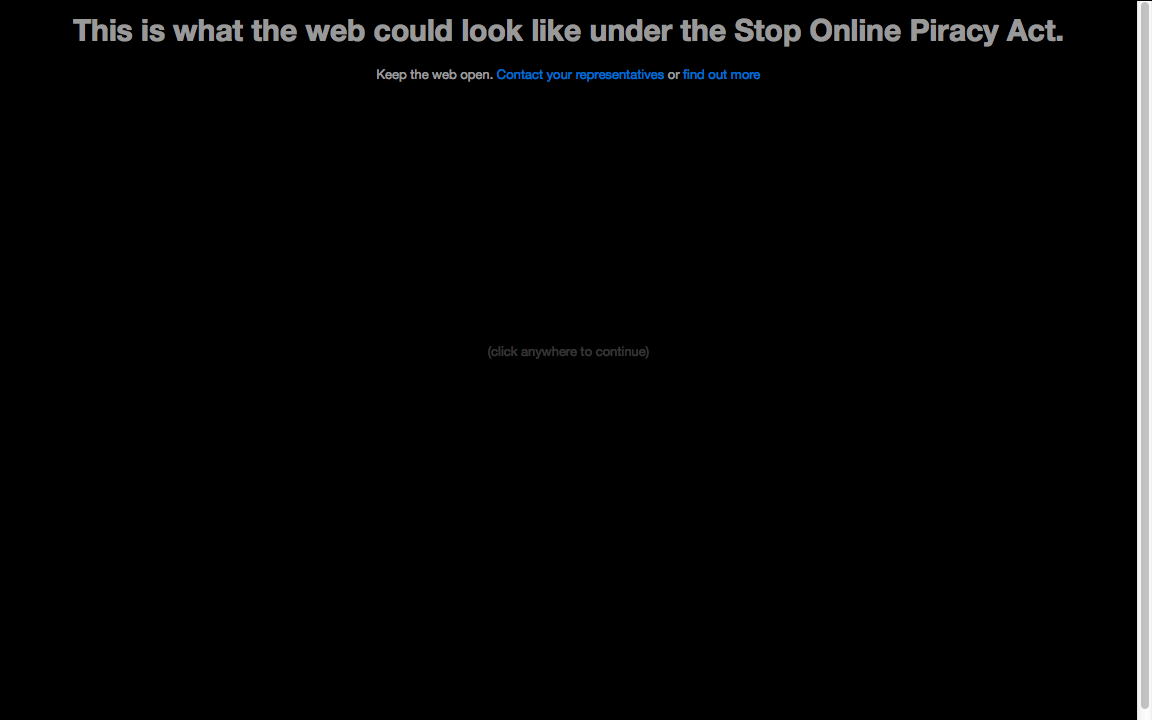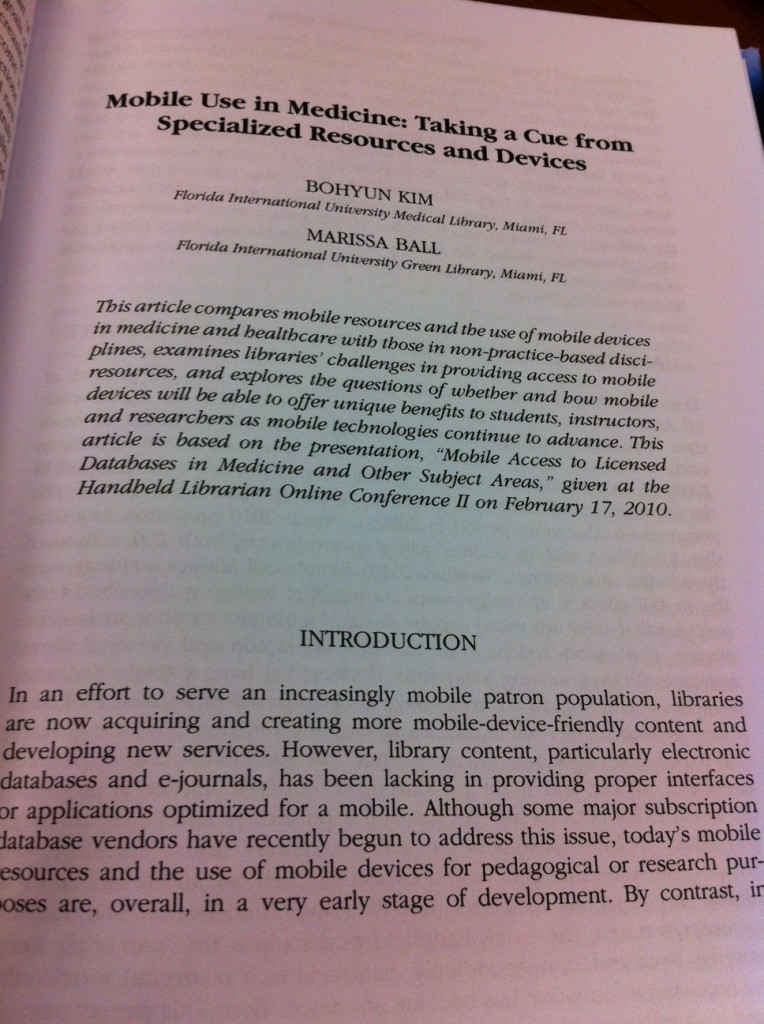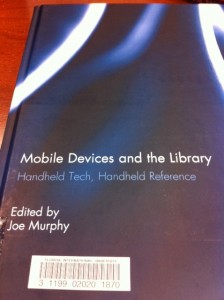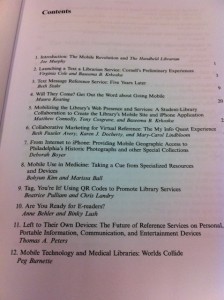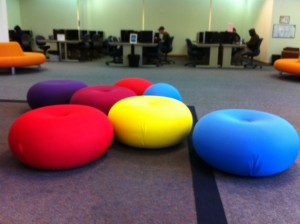We all write whether it is a Facebook update, a short e-mail at work, a blog post for a professional or personal blog, or a research paper for publication. We write everyday for all kinds of purposes. For being such a common activity, writing well is, well, a challenge to say the least.  As one who is terrible at writing (and even more terrible at getting to the point of writing for that matter), I thought it would be fun to write about how to make a piece of writing less terrible. A brilliant idea, don’t you think? Or so I thought. =)
Actually, one good way to think about writing well is to think about what kind of writing we like to read.  No matter how bad we are at writing, we are all equipped with the uncanny ability to detect and distinguish a good piece of writing from a bad one. We agree much more readily and quickly on what a well-written piece is, what writings are joy to read, and which writings are just awful and impossible to read.
(Warning: not necessarily applicable to fiction and poetry.)
Write the way you would enjoy reading.
So, my mantra for writing is “Write the way you would enjoy reading.† This may sound personal, but it really isn’t. There are things that are commonly found in all writings we love to read. A good piece of writing makes reading effortless. They are clear, readable, to the point, and got something to say that matters.

Writing on the Pont de l’Alma by UrbanDigger.com in Flickr
A well-written piece of writing makes you feel that you are speaking to an interesting person with a clear and logical mind. Everything the writer says in her or his writing makes sense to you whether you agree or not with the claims it makes. The writing doesn’t confuse you. It never makes you stop and say “huh?†And the transitions inside the piece will feel natural in your mind.
A well-written piece of writing provides information in an accessible manner. Even if it covers quantum physics or discrete mathematics, a good piece of writing will give you a sense of understanding and let you follow what the writer is trying to say. Whatever you wrote, if it can be read and understood by, say, a middle school student, then you are getting somewhere.
A well-written piece of writing doesn’t make you wait for the best part. It will tell you pretty soon what it will talk about and what argument or claim it is going to make. All writing is communication. If your writing communicates badly, it fails. A good piece of writing achieves efficient communication between a reader and a writer. No matter how significant and brilliant your point is, if you don’t bring it out clearly and early enough, your readers will leave you with “tl;dr.â€
- Got something to say that matters.
A good piece of writing should have something to say that matters. Writing is meaningful when it brings something new to the world or at least adds something new to what has been already written by others.
I personally hate reading things that just regurgitate what many people wrote already. If I know what a piece of writing says and there is nothing new, unique, or interesting about it, reading it would be just a waste of time. Chances are, many things that are interesting to you are less so to others, and vice versa.  So it is a big red flag if you find yourself feeling blasé about your own topic. It’s already hard work to make something that is fascinating to you interesting to others. Turning something that bores you into something exciting to others is an impossible task. Save your time to write about something that matters to you and that you believe matters to others. Your passion and energy itself will immediately make your writing more powerful.
Ways to make your writing less terrible
We all begin with the intention to write something clear, readable, to the point, and that also offers something that matters to others. But most often, what trips us is the execution. Take it for granted that you will first write something terribly unclear, unreadable, and long-winded. Don’t despair – everyone does it. There is no easy way to turn terrible writing into excellent writing overnight.  But here are some things that you can check off the list to make your writing “less terribleâ€.  And then you keep re-writing until it is “not so terrible.â€
- Do not write in the way your thinking took place.
I think the most common mistake in writing comes from writing in the same way we think. This leads to a disaster because the way we think and the way we write are very different, if not reverse. When we think, our mind wander in many different directions, get inspirations from many different sources, and make creative connections and associations that are not always logical. This is all good for brainstorming and getting ideas for writing. But if you start writing down things in the manner that they came to your mind, your readers will be clueless about what you are trying to say.
Think about it this way. When you are thinking, you are being an explorer trying to map a new route. When you are writing, you are being a sailor whose task is to explain to others the route to a certain destination, so that others can follow to get to the same place. If you start your explanation of the route by the story of how you dreamed about sailing since your childhood or how you met your exploration crew, in no time you will lose your audience. If you start rambling on how you tried five routes to India and blabber on and on about each of the five routes, your audience who just want to get the information about the “fastest†route will be frustrated. Or even worse, they won’t be able to tell if you will ever tell them about the fastest route at some point!
So when you write, break down the elements of what you want to say into small bits. And then analyze and arrange them in a logical manner that a reader can easily follow. Do not pour out things that had filled your mind that led to what you want to say.
- Make one single point stand out.
Check if the major point of your writing stands out. If there are multiple major points, chances are, they won’t stand out because they interfere with one another. As a writer, we are prone to think that there are many important points and that all of them are equally important. Why wouldn’t they, right?
But as a reader, we all know that we have limited time and attention. Â If it is not a PhD dissertation, you do not have to cover every important thing that has to do with your topic. Â By trying to cover more, you will be actually delivering less. Â Focus on the most important point and deliver it in a way that readers cannot miss it even if they try. Â By making the major point of writing stand out, clarity will almost always improve by itself.
- Use only as many words as necessary.
There is nothing more dispiriting than reading a long piece of writing, the message of which could have been delivered in a much shorter form.  If your writing conveys the same thing with less words, it will be more powerful and make a greater impression to readers. If you are writing with more words than necessary, your point will inevitably be watered down.
Details can be a deal maker; details can be a deal breaker. We want to stay away from the latter and employ only the former. But it is a fine line to draw. One key way to distinguish good details from bad details is looking at the flow of writing around where the detail is. If the two blocks of writing before and after the detail flow better without it, then by all means the detail is in the wrong place or unnecessary. If the flow gets awkward without the detail, then you know that it is in the right place and making some contribution to the whole piece.
 Some obstacles to writing that we all know about
To me, the hardest part in writing is just getting to the point of writing. I don’t know what it is, but when I have to write something, I find myself doing everything and anything but writing – cleaning, e-mailing, exercising, dog-walking, you name it. Although I have been suffering from this for a long time, I have not found a good solution to this. The only thing that helps in my case is to pick a topic that is exciting and fascinating to me. Then my enthusiasm tends to overcome my resistance to writing.
The other obstacle to writing for me is the knowledge that my draft will be terrible, and I will know the badness of it as soon as I read it. Many times, I write something and I just can’t believe how badly it was written (yes, by me).  But there is no way to avoid this experience until you get reasonably better at writing. I also suspect no matter how better you get, this feeling may still follow somehow.
So, there is no shortcut to writing well but to start writing and keep re-writing. But hopefully, in that process, some of these things I do to make my writing less terrible would be helpful to you as well.
If you have other writing tips that work for you, please share! Heaven knows I can use them.

